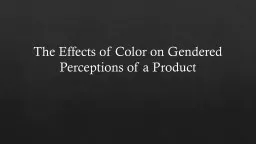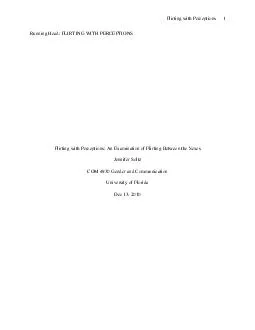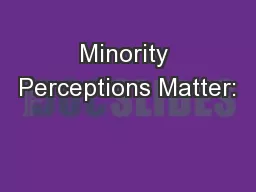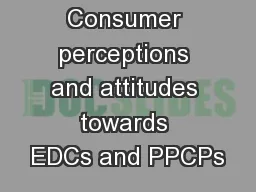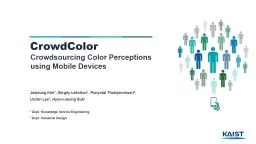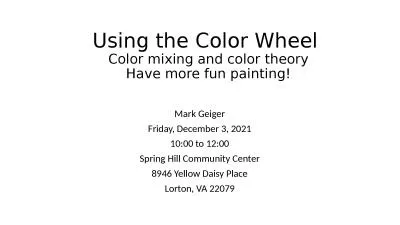PPT-The Effects of Color on Gendered Perceptions of a Product
Author : tatiana-dople | Published Date : 2019-11-21
The Effects of Color on Gendered Perceptions of a Product Statement of the Problem We assessed both males and females to try and find a gender difference in ratings
Presentation Embed Code
Download Presentation
Download Presentation The PPT/PDF document "The Effects of Color on Gendered Percept..." is the property of its rightful owner. Permission is granted to download and print the materials on this website for personal, non-commercial use only, and to display it on your personal computer provided you do not modify the materials and that you retain all copyright notices contained in the materials. By downloading content from our website, you accept the terms of this agreement.
The Effects of Color on Gendered Perceptions of a Product: Transcript
Download Rules Of Document
"The Effects of Color on Gendered Perceptions of a Product"The content belongs to its owner. You may download and print it for personal use, without modification, and keep all copyright notices. By downloading, you agree to these terms.
Related Documents

